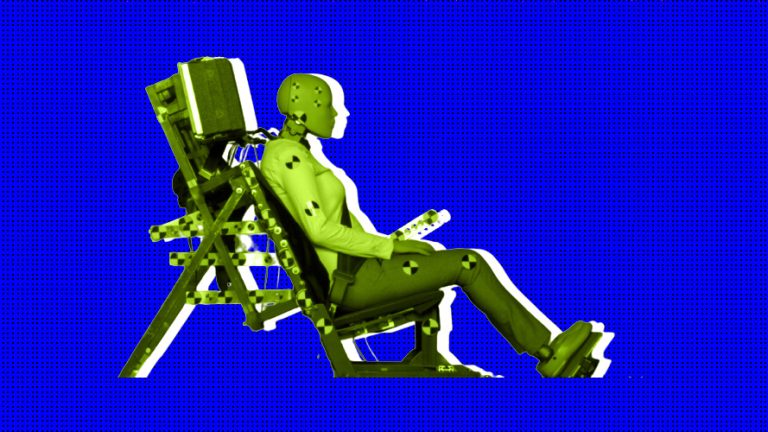The world’s first female crash test dummy focused on women’s safety is finally available
A female crash test dummy has finally been created by a Swedish engineering team. Numerous women drivers have lost their lives as a result of years of gender bias in testing that was male-focused. The Swedish National Road and Transport Research Institute’s director of traffic safety, Dr. Astrid Linder, and her team created a female crash test dummy that mimics the body of a typical woman.
Male-Focused Testing with a Bias
The claim that gender bias in traffic safety is harming women’s health has been made numerous times today. Bias in the way we assess cars for crashworthiness, specifically. What does this signify, though? What is gender bias‘ relationship to accident tests and traffic safety? After all, everyone’s welfare revolves around a sense of safety. How is it even possible to correlate prejudice against gender equality with the safety of driving on our roads?
To begin, you must take a thorough look at the development of modern test dummies, or anthropomorphic test devices (for the mouthful), as well as the history of vehicle crash testing. It’s a long journey that begins with the gender roles and social mores of our former civilization. It appears that few cars had women drivers in them in the past 100, 70, or even 60 years.
Rewind to the present day. What has altered? We need to accept the fundamental tenet that men and women are biologically different to comprehend what the underlying issue is. There are many biological differences between male and female forms. The bone structures, particularly those in the pelvis, are distinct, certain muscles are different, and average statures and other biometrics also vary. We need to seriously start using female crash test dummies to create a safer environment for the women on road.
Dr. Linder’s Crash Test Dummy
The most frequently employed dummy up to this point has been based on the typical male build and weight, which is an obvious manifestation of gender bias against women’s safety. And even when a dummy was used to stand in for a woman, it was typically a smaller replica of the male one that was about the size of a 12-year-old girl. By mid-1970s standards, it represents the tiniest 5% of women at 149cm (4ft 8in) tall and 48kg (7st 5lb) heavy. In truth, the majority of tests do not need the use of a female crash test dummy.
Dr. Linder’s crash test dummy, however, aims to remedy this. Her team’s dummy has an average height of 162 cm (5 feet 3 inches) and a weight of 62 kg.
In Car Crashes, Women Run a Higher Risk of Being Injured
According to a University of Virginia study published in 2019, women who are wearing seatbelts are 73% more likely than men to have serious injuries in a frontal collision. According to data from the National Highway Traffic Safety Administration (NHTSA) in the US, women drivers have a 17 percent higher risk of dying in a collision than males do.
That is not all, though. According to the BBC, who cited US government statistics, women are up to three times more likely than males to sustain whiplash injuries in rear crashes, which are neck injuries brought on by a violent, quick back-and-forth movement of the neck, similar to the cracking of a whip. Additionally, even while whiplash seldom results in death, it can cause physical impairments. This demonstrates how gender bias in traffic safety may harm women physically.
According to injury data, females are more vulnerable to low-severity hits. Therefore, the population group that is most at risk must be included to maintain gender equality and to determine the seats that will provide both groups with the most protection.
What Makes This Development Essential?
The automotive sector needs to have a female crash dummy. It may influence how automobiles are created in the future. Even though women make up roughly half of all US drivers, automobiles and their safety features were primarily created with men in mind. You can see that this is gender bias, said Tjark Kreuzinger, a Toyota industry expert. When the males in the meetings reach a decision, they frequently stand to declare that it is final.
Up to 1,342 mothers, daughters, spouses, and other loved ones could be saved in a single year by improving the likelihood of female protection in car accidents and creating room for gender equality in road safety.






Add comment